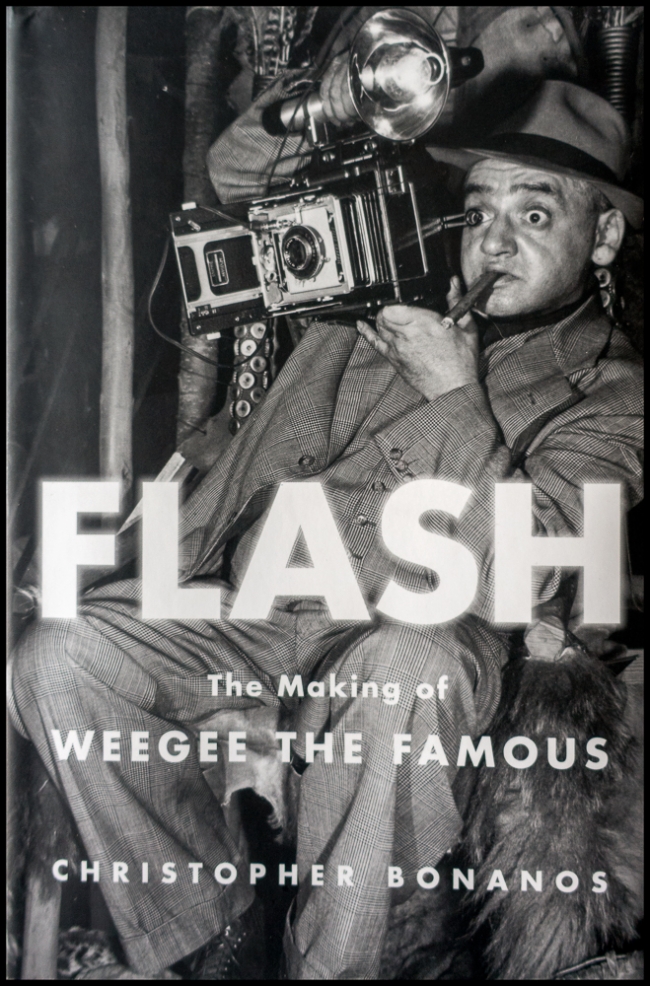When I think of a press photographer from the 1930s/1940s a particular image comes to mind: Huge press camera with equally massive flash; fedora; rumpled coat; possibly a cigar. This particular image was largely created by Usher Fellig – later Arthur Fellig and eventually Weegee.
According to Wikipedia:
Weegee was the pseudonym of Arthur (Usher) Fellig (June 12, 1899 – December 26, 1968), a photographer and photojournalist, known for his stark black and white street photography. Weegee worked in Manhattan, New York City’s Lower East Side, as a press photographer during the 1930s and 1940s, and he developed his signature style by following the city’s emergency services and documenting their activity. Much of his work depicted unflinchingly realistic scenes of urban life, crime, injury and death. Weegee published photographic books and also worked in cinema, initially making his own short films and later collaborating with film directors such as Jack Donohue and Stanley Kubrick.
.
Weegee was certainly a fascinating, if somewhat eccentric character. He was a ruthless self-promoter (hence ‘Weegee the Famous’) who wasn’t afraid to stage a scene if it suited him. For example one of his most famous photographs, The Critic was certainly a setup.
His story is also rather sad. He seemed to badly want to transcend the type of street photography for which he was renowned, but was never able to do so. Towards the end of his life he ended up playing roles in ‘nudie cutie’ exploitation films.
It’s a fascinating story and well worth reading. Should Weegee be included in the pantheon of great photographers? Some of his photographs are certainly remarkable, but I’m not sure that I can really answer this question at the moment.
Flash. The Making of Weegee the Famous. By Christopher Bonanos.

